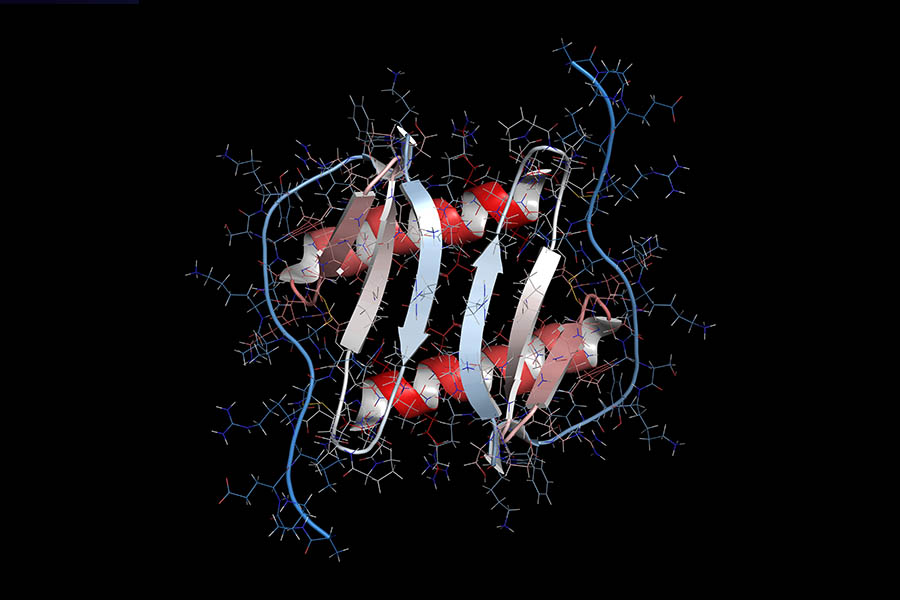


Cell-free systems are not compatible with Good Manufacturing Practices (GMP grade)
In the last decade, major advances have been made in the field of cell-free protein synthesis. Although the manufacturing of therapeutic proteins has been dominated for many years by cell-based systems, mainly using mammalian and bacterial cell-type systems, cell-free...
Cell-free systems are not suitable for large-scale industrial applications
Although traditional cell-free protein synthesis is only considered appropriate for small scale protein production, technological breakthroughs made since the turn of the century have drastically accelerated the development of this production platform, making it now...
Cell-free systems are slower than an E.coli cell-based system
The E. coli expression system is well-established, and its ability to produce large amounts of protein in a limited time is advantageous when compared to other expression systems, such as eukaryotic systems for which 3 or 4 weeks lead time are required. However,...
Cell-free protein synthesis systems the best chance for your project to succeed!
Do you have a protein you want to express? Are you wondering which technology will provide you with the best results? Have you considered turning to a cell-free system? In comparison to traditional protein expression systems, cell-free protein synthesis can provide a...
Cell-free expressed OprF proteoliposomes as effective vaccine against Pseudomonas aeruginosa?
Synthelis’ cell-free liposome-based expression system was applied in the development of an OprF vaccine against Pseudomonas aeruginosa. The complete OprF outer membrane protein of P. aeruginosa was used as the immunogen and was expressed in its native form in...
Which extract is best for cell-free protein expression wheat germ or E. coli?
Cell-free protein expression offers a rapid, reliable technique for synthesis of proteins. Successfully synthesizing large quantities of high-quality product requires finding the optimal protein expression conditions, such as the type of cellular extract used. Lysate...
Five reasons to label your proteins for NMR studies using cell-free systems
Isotope labelling has been used for over 40 years to facilitate the study of protein structure using nuclear magnetic resonance (NMR) spectroscopy. During that time, traditional expression systems such as in vivo protein synthesis were the preferred options for...
